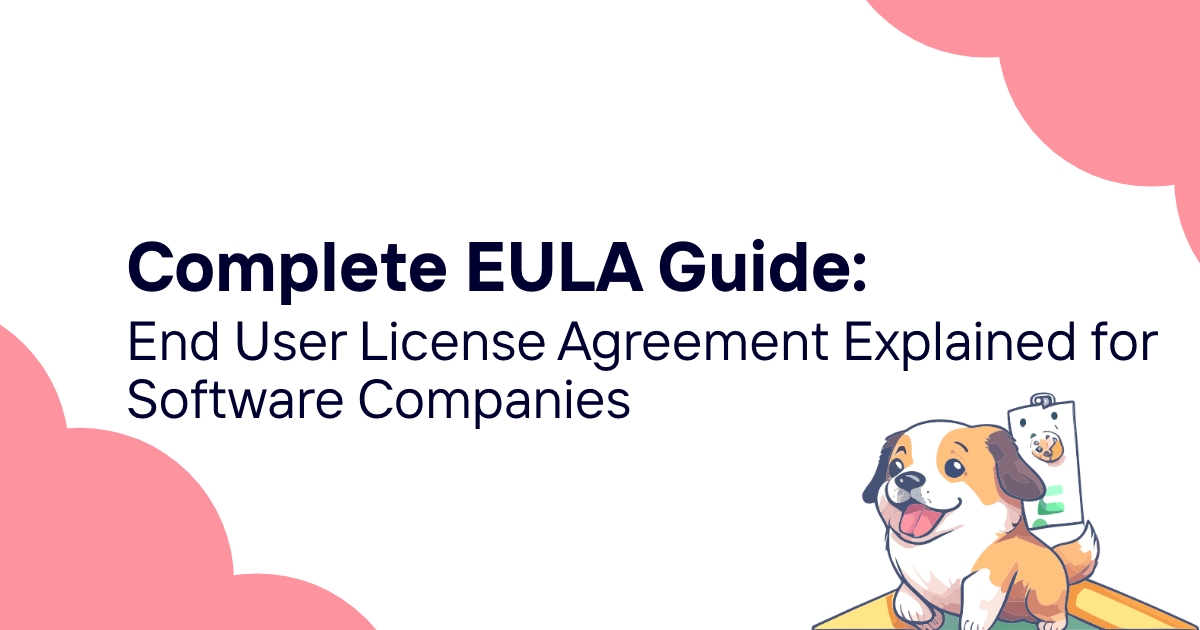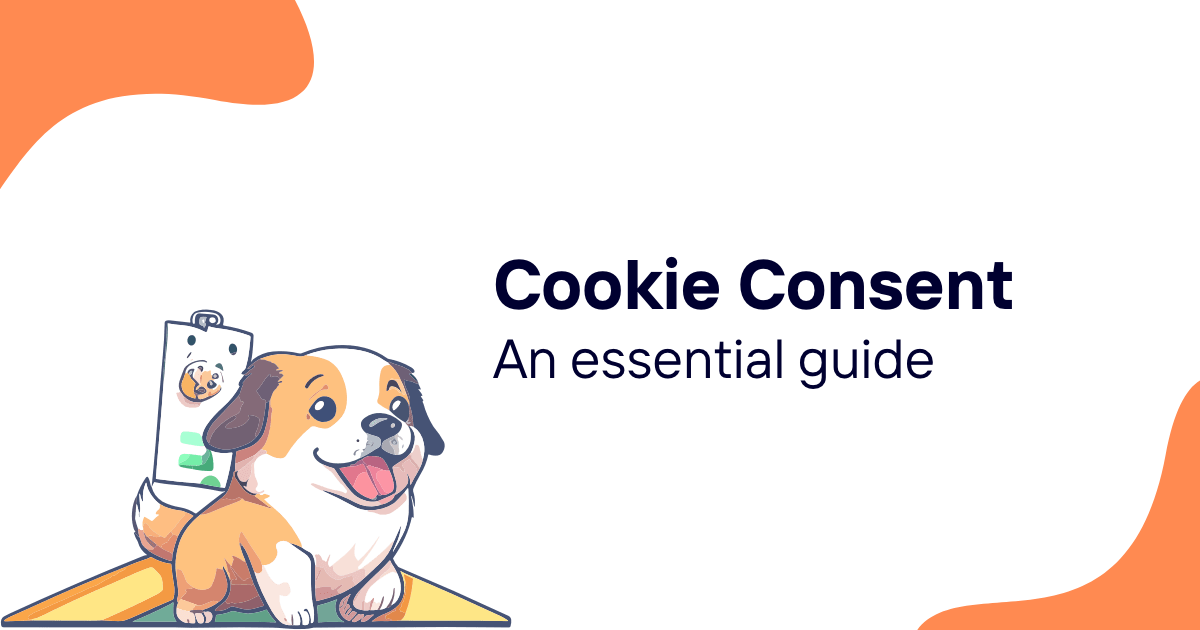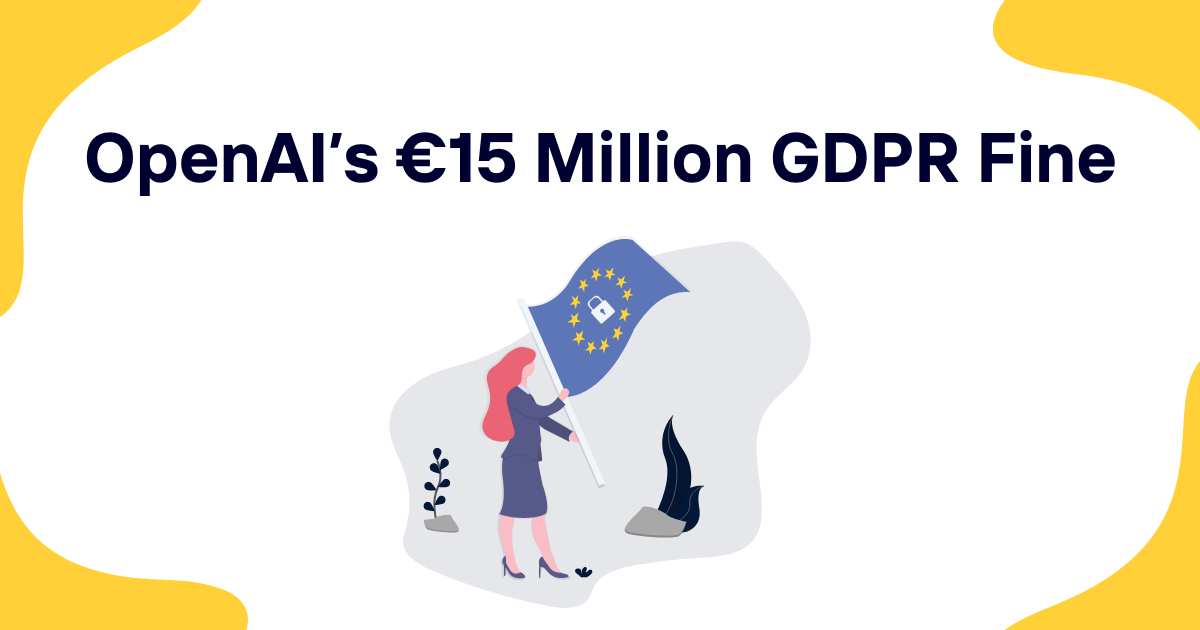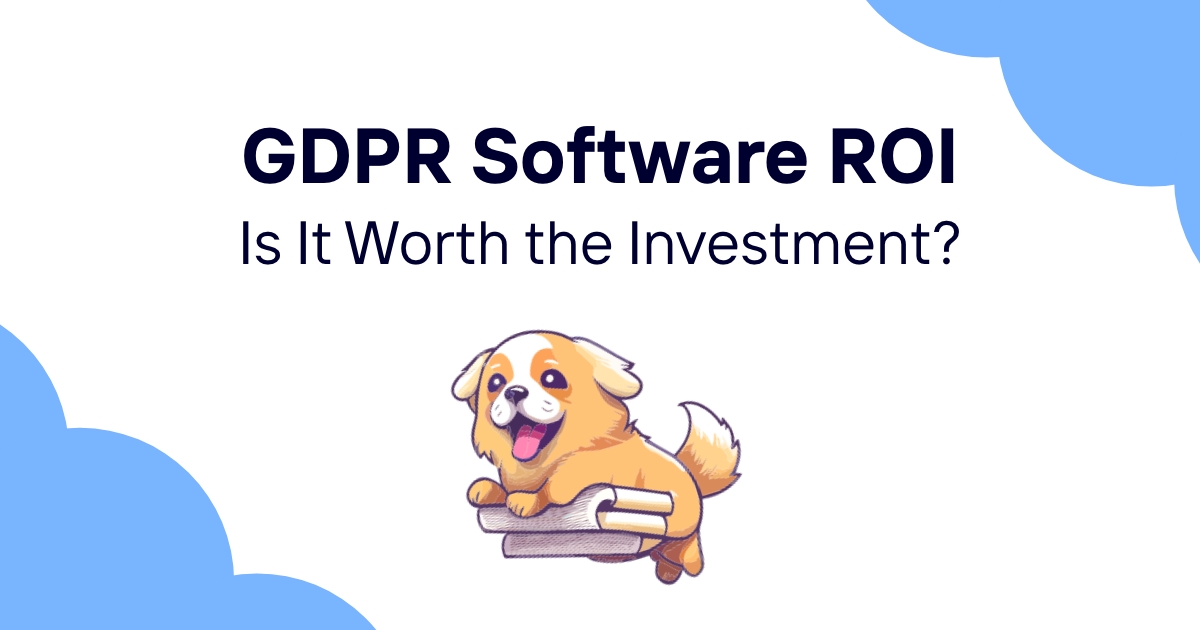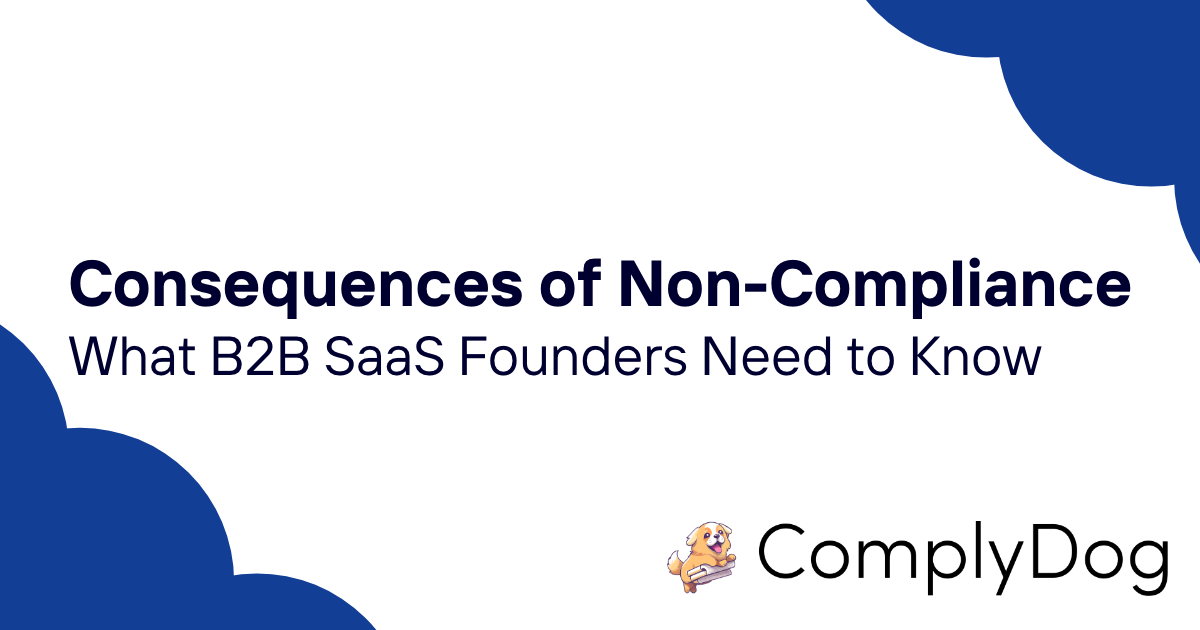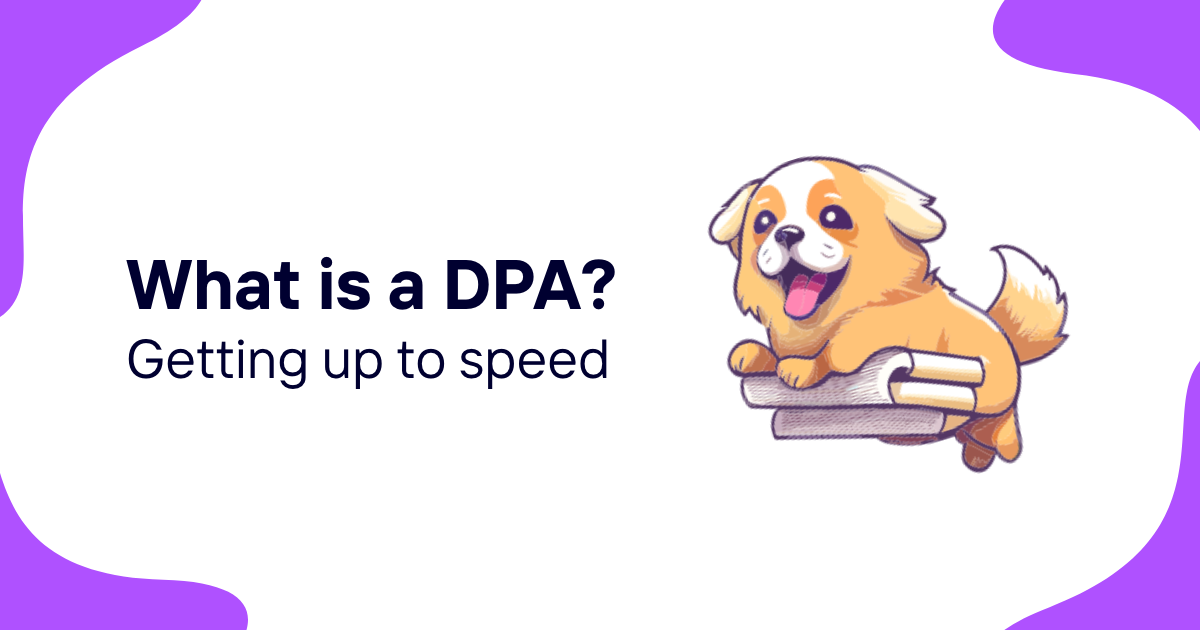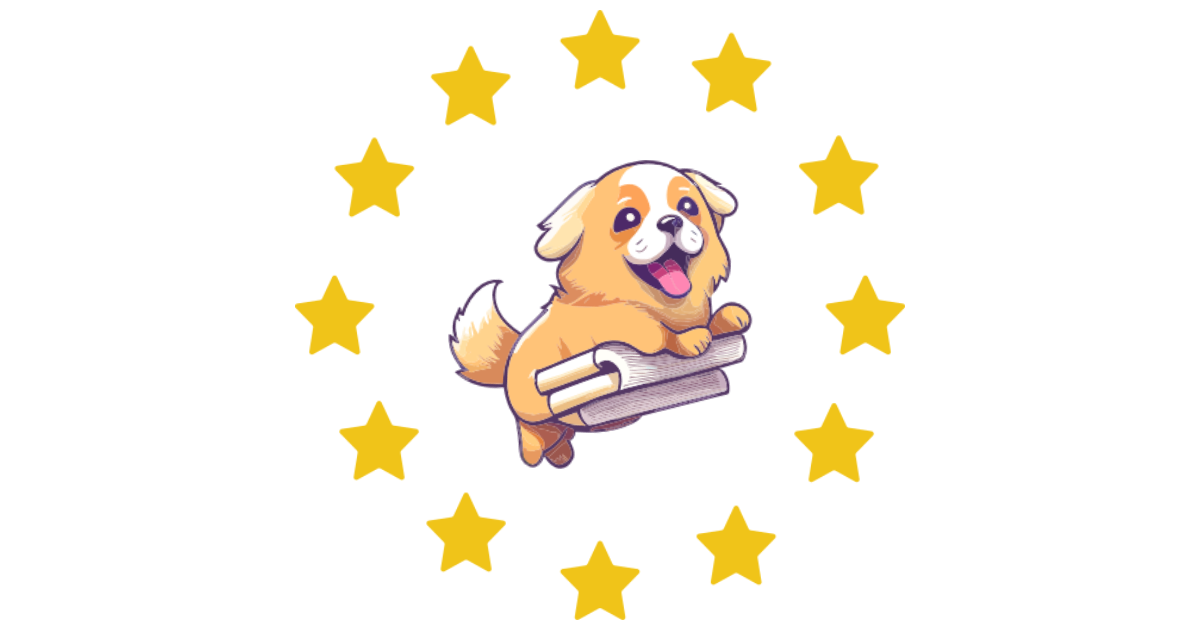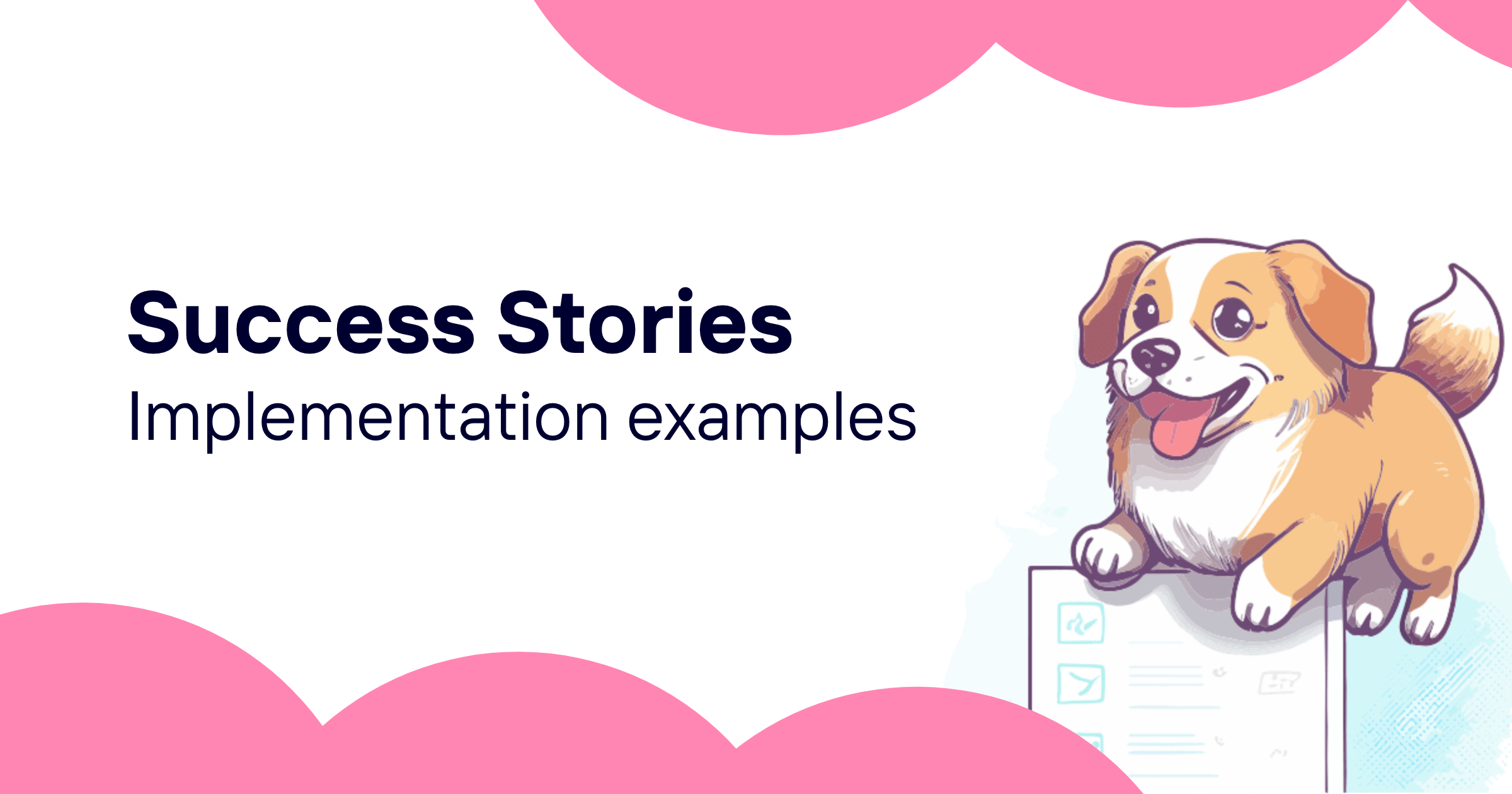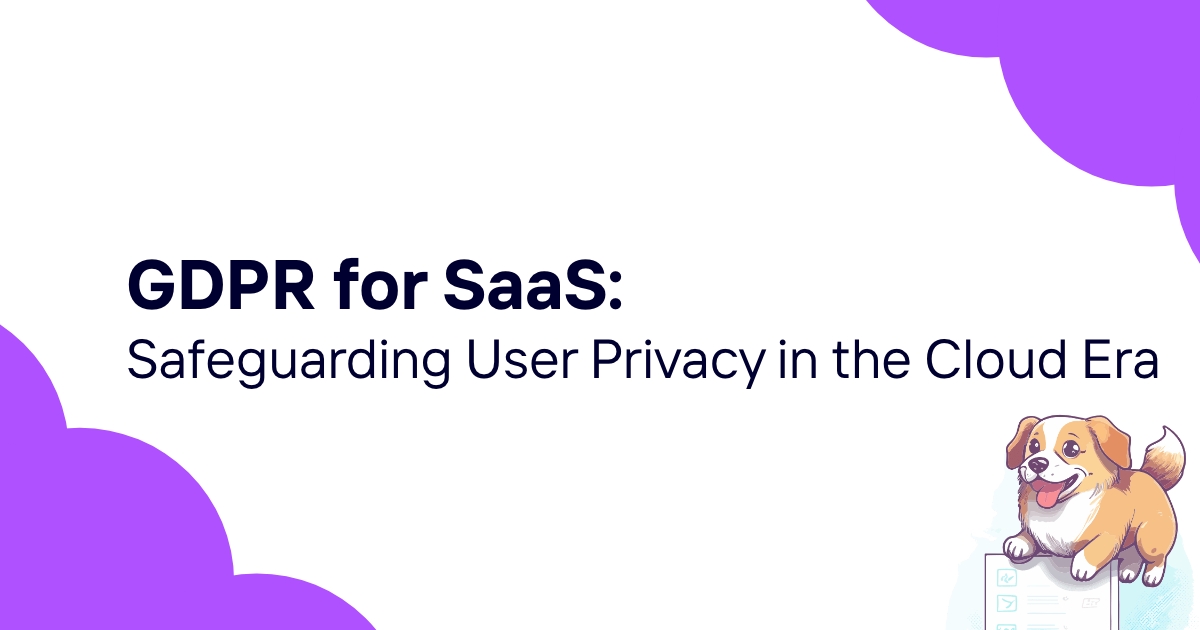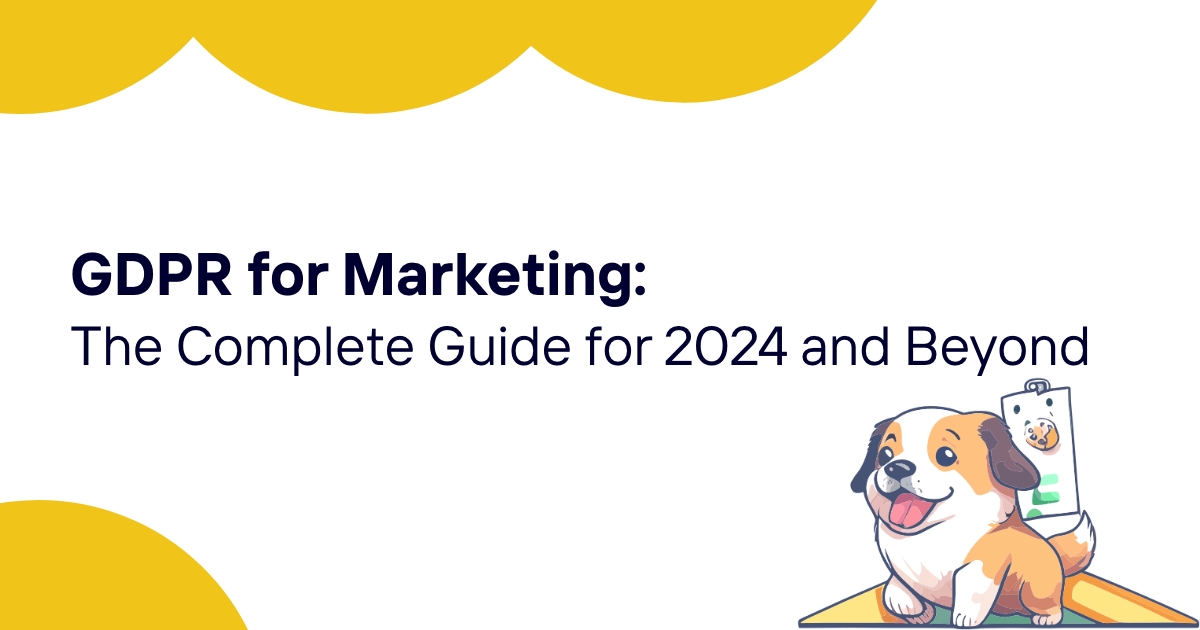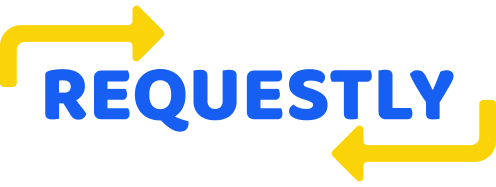Software companies face a maze of legal requirements when launching their products. Among the most important documents you'll need is an End User License Agreement, commonly called a EULA. This comprehensive guide breaks down everything you need to know about EULAs, from basic definitions to practical implementation strategies.
Whether you're a startup founder preparing your first software release or an established company reviewing your legal documentation, understanding EULAs is essential for protecting your business and maintaining compliance with data protection regulations.
What is an EULA (End User License Agreement)?
An End User License Agreement (EULA) is a legal contract between a software company and the person using their software. Think of it as the rulebook that explains what users can and cannot do with your software product.
Unlike buying a physical product where ownership transfers to the buyer, software operates under a licensing model. When someone "buys" your software, they're actually purchasing the right to use it under specific conditions outlined in the EULA.
Key Functions of a EULA
EULAs serve several critical purposes for software companies:
Integrate acceptance workflows into your software installation process: EULAs limit your liability if something goes wrong with your software. They establish clear boundaries about what you're responsible for and what you're not.
Usage Rights Definition: The agreement specifies exactly how users can interact with your software. This includes installation limits, modification restrictions, and redistribution rules.
Intellectual Property Protection: EULAs protect your code, algorithms, and other proprietary elements from unauthorized copying or reverse engineering.
Compliance Framework: For companies handling personal data, EULAs work alongside privacy policies to establish data processing agreements and user consent mechanisms.
Essential EULA Components for Software Companies
Creating an effective EULA requires including specific sections that address common legal and operational concerns. Here are the fundamental components every software EULA should contain:
License Grant and Scope
This section defines what rights you're giving to users. Specify whether you're granting a personal license, commercial license, or both. Include details about:
- Legal basis for data processing
- Geographic restrictions if applicable
- Duration of the license (perpetual vs. subscription)
- User types covered (individual vs. enterprise)
Permitted and Prohibited Uses
Clearly outline what users can and cannot do with your software. Common restrictions include:
- SaaS Platforms
- No redistribution without permission
- No use for illegal activities
- No circumventing security measures
Intellectual Property Rights
Establish that you retain ownership of the software, including all code, designs, and associated materials. This section protects your core business assets from unauthorized use.
Limitation of Liability
Limit your company's liability for damages that might occur from software use. This typically includes disclaimers for indirect damages, lost profits, or data loss.
Termination Conditions
Specify when and how the license agreement can end. Include automatic termination triggers like violation of terms, non-payment, or company dissolution.
Data Processing and Privacy
For software that collects user data, include provisions about data handling, storage, and user rights. This section should reference your comprehensive privacy policy for detailed data protection information.
EULA vs Terms of Service: Key Differences
Many software companies confuse EULAs with Terms of Service, but these documents serve different purposes and protect different aspects of your business.
When to Use a EULA
EULAs are specifically for software products that users download, install, or access. They govern the relationship between your company and the software user. Use EULAs when:
- Integrate acceptance workflows into your software installation process
- Offering Software as a Service (SaaS) platforms
- Licensing mobile apps through app stores
- Providing API access to developers
When to Use Terms of Service
Terms of Service govern the use of your website, online services, or web-based platforms. They address account creation, user behavior, and service availability. Use Terms of Service for:
- Legal basis for data processing
- User account management
- Service availability and uptime expectations
- Community guidelines and acceptable behavior
Using Both Documents Together
Most software companies need both documents. Your EULA covers the software itself, while Terms of Service govern your website and customer support interactions. They should complement each other without creating conflicting requirements.
How to Write an Effective EULA
Creating a EULA that protects your business while remaining user-friendly requires balancing legal protection with practical usability. Follow these steps to develop an effective agreement:
Start with Industry Standards
Research EULAs from companies in your industry or with similar software offerings. While you should never copy content directly, understanding common approaches helps establish baseline expectations.
Use Clear, Accessible Language
Avoid dense legal jargon that confuses users. Write in plain English while maintaining legal precision. Break complex concepts into shorter sentences and use bullet points for easier scanning.
Address Your Specific Use Case
Generic EULA templates often miss industry-specific requirements. Consider unique aspects of your software:
- Replace placeholder text with company-specific information
- Integration capabilities with third-party systems
- Multi-tenant architecture considerations
- International usage and data transfer implications
Include Update Mechanisms
Software evolves continuously, and your EULA should accommodate changes. Include provisions for:
- How you'll notify users of EULA updates
- Automatic acceptance mechanisms for minor changes
- User rights to reject major modifications
- Transition periods for implementing new terms
EULA Examples from Major Software Companies
Studying real-world examples helps understand how successful companies structure their licensing agreements. Here are key patterns from industry leaders:
Microsoft Office EULA Structure
Microsoft's approach demonstrates clear section organization and comprehensive coverage. Their EULA includes specific provisions for:
- Business vs. personal use distinctions
- Cloud service integration terms
- Data residency and sovereignty requirements
- Third-party component acknowledgments
Adobe Creative Cloud Licensing
Adobe's subscription-based model shows how EULAs adapt to modern software delivery. Notable elements include:
- Customer data ownership and processing rights
- Creative work ownership clarifications
- Cloud storage and synchronization terms
- Educational vs. commercial licensing tiers
Salesforce Platform Agreement
As a B2B SaaS provider, Salesforce demonstrates enterprise-focused EULA elements:
- Customer data ownership and processing rights
- Service level agreement integration
- Compliance certification references
- Multi-organization account structures
Legal Requirements and Compliance Considerations
Software companies operating globally must navigate various legal frameworks that impact EULA requirements. Key compliance areas include:
Data Protection Regulations
The General Data Protection Regulation (GDPR) significantly impacts how software companies handle user data. Your EULA must address:
- Legal basis for data processing
- User rights regarding personal information
- Data transfer mechanisms for international operations
- Retention periods and deletion procedures
For companies serving European users, GDPR compliance isn't optional. Your EULA should reference detailed data processing agreements and privacy policies that explain exactly how you handle personal information.
Industry-Specific Requirements
Certain industries have additional compliance requirements that affect EULA content:
SaaS Platforms: HIPAA compliance for handling protected health information Financial Services: SOX and PCI DSS requirements for financial data Education Technology: FERPA compliance for student records Government Contractors: FedRAMP and other security framework adherence
International Considerations
Global software distribution requires understanding different legal systems:
- Replace placeholder text with company-specific information
- Canadian PIPEDA requirements for privacy
- California CCPA provisions for data rights
- Jurisdiction selection for dispute resolution
Common EULA Mistakes to Avoid
Even well-intentioned companies make EULA errors that can create legal vulnerabilities or user experience problems. Avoid these common pitfalls:
Overly Broad Restrictions
While protecting your software is important, overly restrictive terms can alienate users and may not be legally enforceable. Avoid:
- Blanket prohibitions on all reverse engineering
- Unreasonable limitations on legitimate use cases
- Geographic restrictions without valid business reasons
- Excessive data collection permissions
Inadequate Liability Protection
Insufficient liability limitations leave your company exposed to potential lawsuits. Ensure your EULA includes:
- Clear disclaimers for software fitness and performance
- Limitations on indirect and consequential damages
- Reasonable caps on direct damage liability
- Force majeure provisions for circumstances beyond your control
Inconsistent Documentation
Conflicting terms between your EULA, privacy policy, and Terms of Service create confusion and potential legal issues. Maintain consistency across:
- SaaS Platforms
- User rights and company obligations
- Termination procedures and effects
- Contact information and dispute resolution
Poor Update Procedures
Failing to properly implement EULA changes can invalidate your legal protections. Establish clear procedures for:
- User notification timing and methods
- Acceptance mechanisms for continued use
- Version control and change tracking
- Legacy user transition management
EULA Templates and Best Practices
While every company needs a customized EULA, starting with proven frameworks accelerates the development process and ensures comprehensive coverage.
Template Selection Criteria
Choose EULA templates based on your specific business model:
SaaS Platforms: Templates emphasizing service availability, data processing, and subscription management Downloadable Software: Templates focusing on installation rights, offline usage, and update mechanisms
Mobile Applications: Templates addressing app store requirements, device permissions, and platform-specific restrictions Enterprise Software: Templates including procurement processes, multi-user environments, and compliance certifications
Customization Requirements
Generic templates require significant customization to address your unique business needs:
- Replace placeholder text with company-specific information
- Add industry-specific compliance requirements
- Include detailed data processing descriptions
- Specify integration and API usage terms
Legal Review Process
Professional legal review ensures your EULA provides adequate protection while remaining enforceable:
- Intellectual property law specialists for software protection
- Privacy law experts for data processing compliance
- Commercial law attorneys for contract enforceability
- Industry-specific counsel for regulatory requirements
Implementation and Maintenance
Effective EULA management extends beyond initial creation:
- Integrate acceptance workflows into your software installation process
- Establish regular review schedules to address legal changes
- Monitor industry developments that might require updates
- Track user acceptance and maintain compliance records
Building Comprehensive Compliance Documentation
EULAs work best as part of a complete compliance framework that addresses all aspects of software operation and data handling. Companies need integrated approaches that combine licensing agreements with privacy policies, security documentation, and operational procedures.
For software companies handling personal data, this integration becomes particularly important. Your EULA should seamlessly connect with data processing agreements, privacy policies, and security frameworks to create comprehensive user protection and regulatory compliance.
Modern compliance platforms help software companies manage these complex requirements through automated documentation generation, integrated policy management, and streamlined user consent workflows. Rather than maintaining separate, disconnected documents, integrated approaches ensure consistency and reduce compliance gaps.
Ready to create comprehensive legal documentation that protects your software business? Use ComplyDog and get your complete compliance framework set up in minutes, not months.
